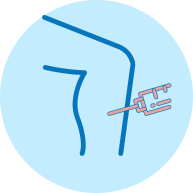What are Spider Veins?
Spider veins are small, dilated blood vessels near the surface of the skin that appear as red, blue, or purple lines. They often occur on the legs and result from weakened valves or increased pressure in the veins. This condition may indicate an underlying venous problem. StrideCare’s vascular specialists offer tailored treatments for cases of symptomatic and asymptomatic spider veins.
What are Spider Veins?
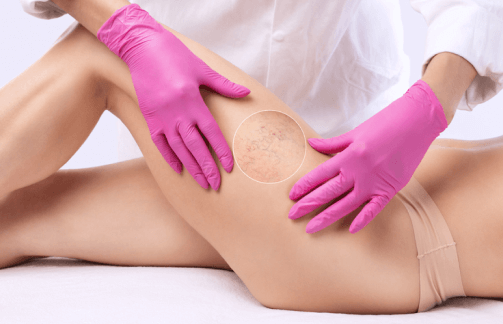
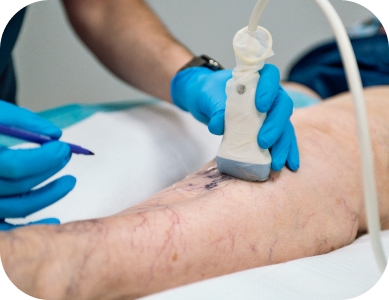
What Causes Spider Veins?
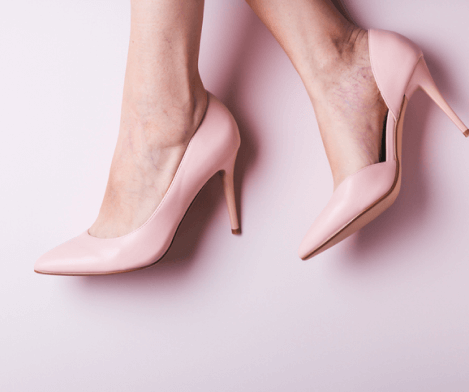
What Causes Spider Veins?
Spider veins can be attributed to factors such as genetics, hormonal changes, aging, prolonged standing or sitting, and pregnancy. Spider veins can also be an underlying symptom of venous insufficiency.
What are the Symptoms of Spider Veins?
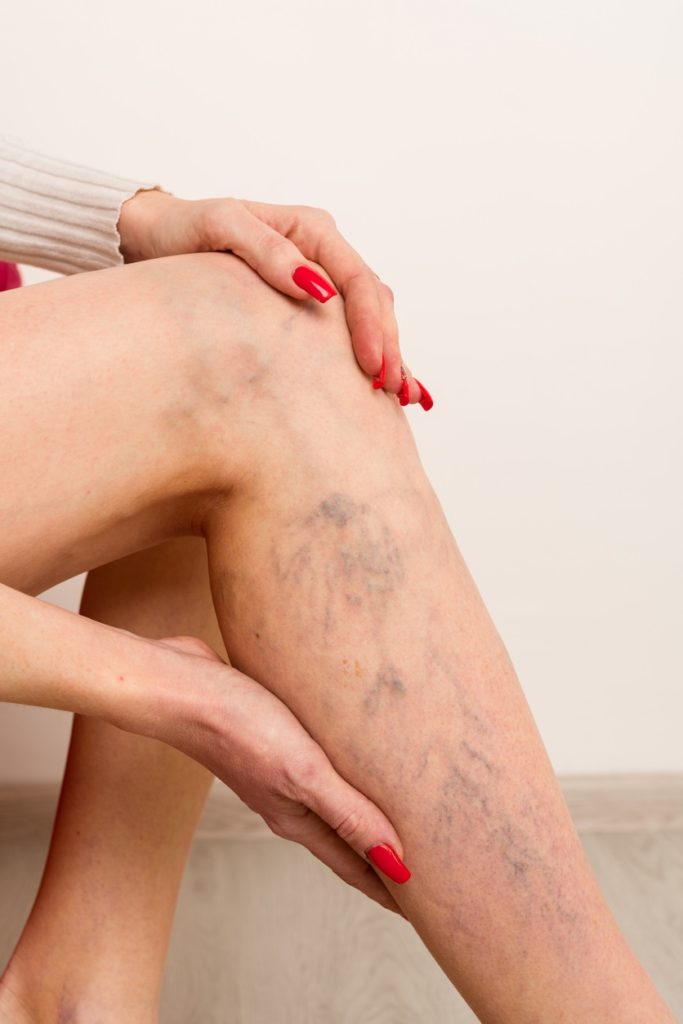
Unsightly Veins

Achy or heavy legs

Burning

Cramping

Lower leg swelling
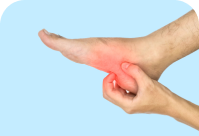
Feeling of warmth
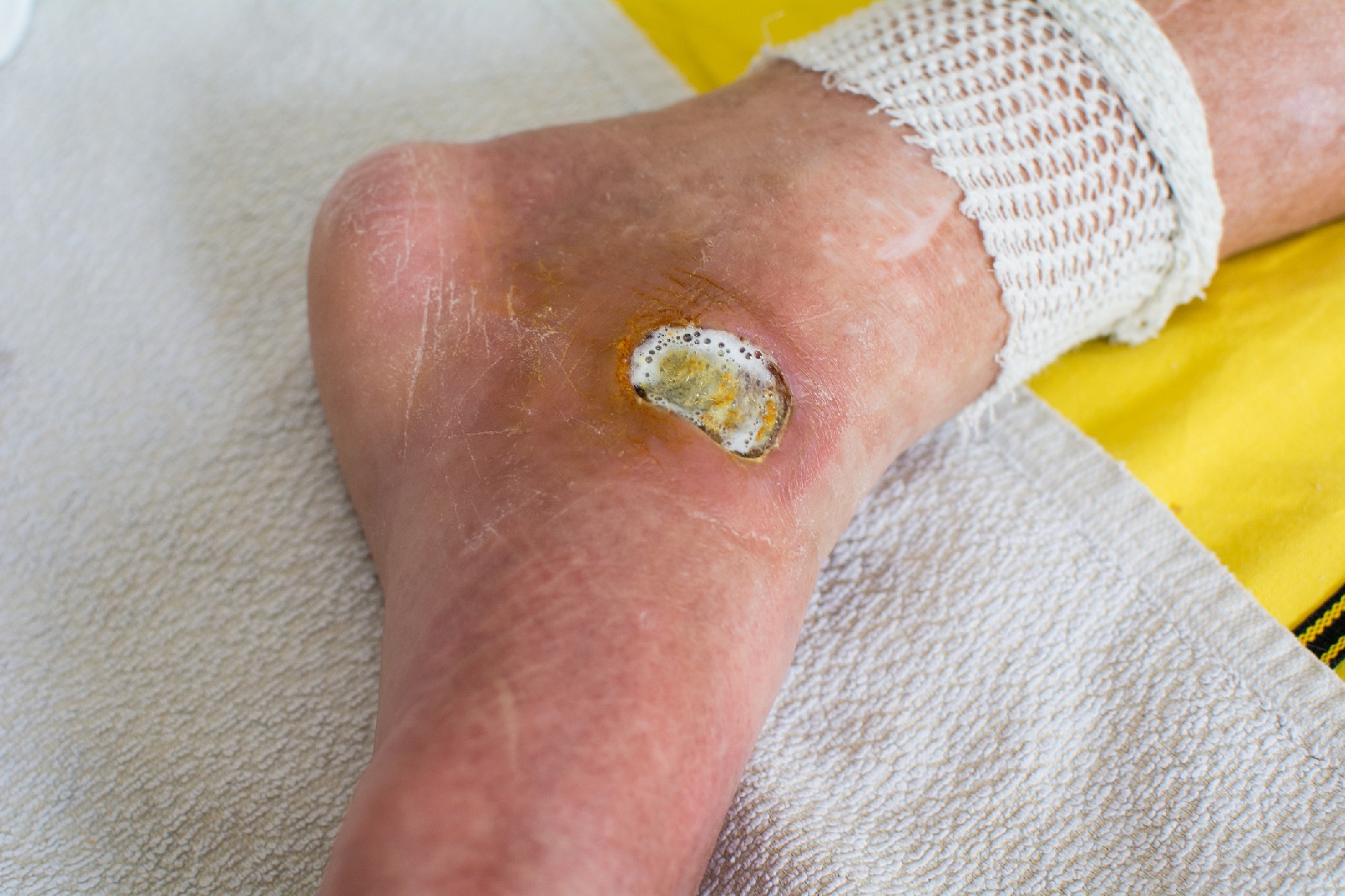
Skin ulcerations
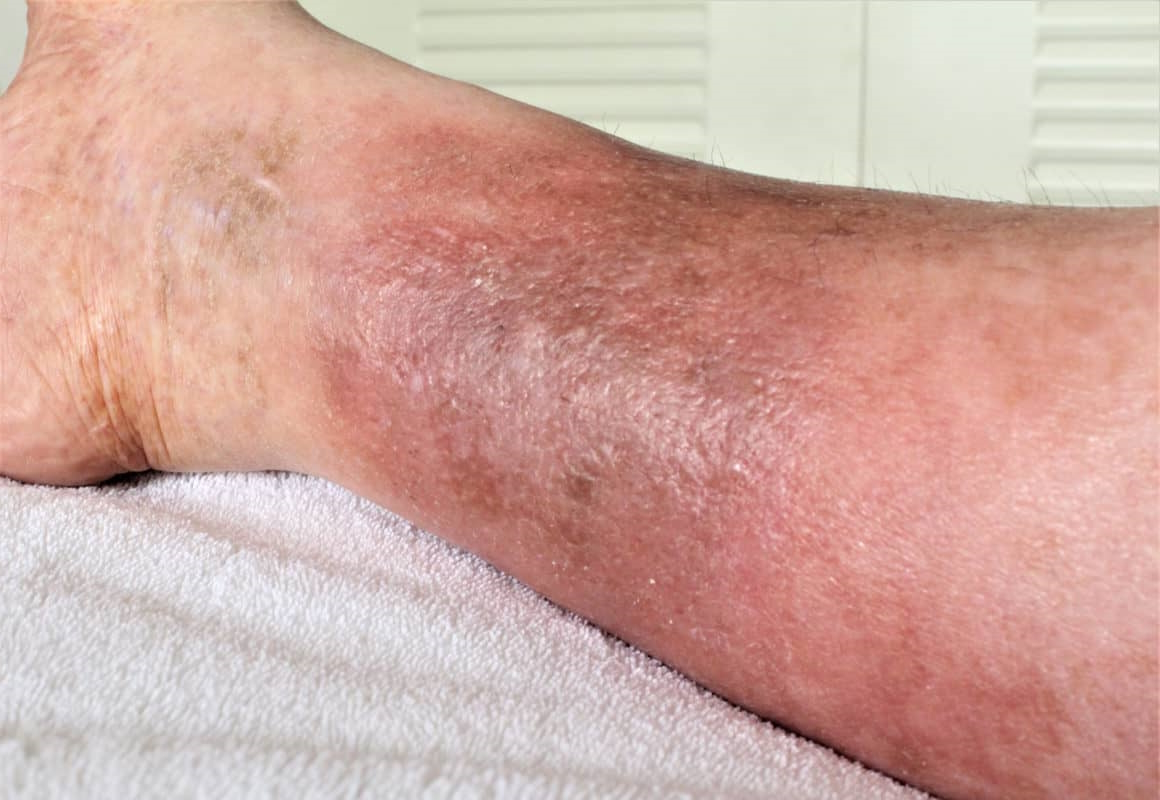
Skin discoloration
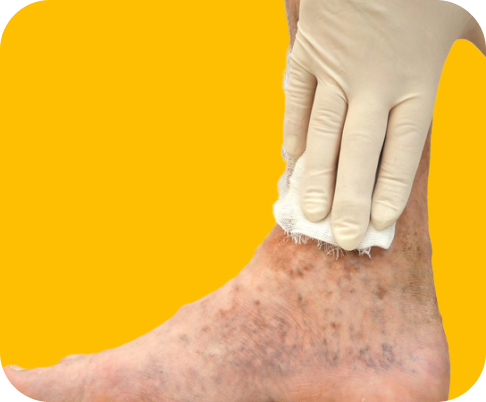
Bleeding at the site of the veins
What Treatment is Available for Spider Veins?
Spider Veins, Varicose Veins, Reticular Veins:
What’s the Difference?
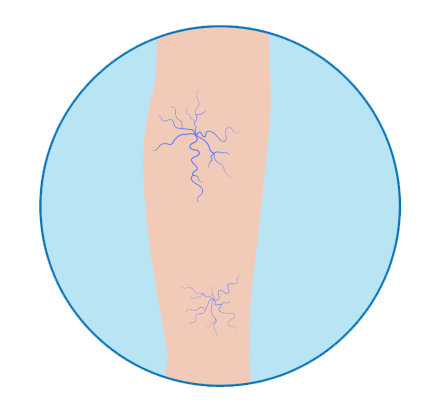
Spider Veins
- Measures about 1-1.5mm
- Pink, red, or purple
- May be painful
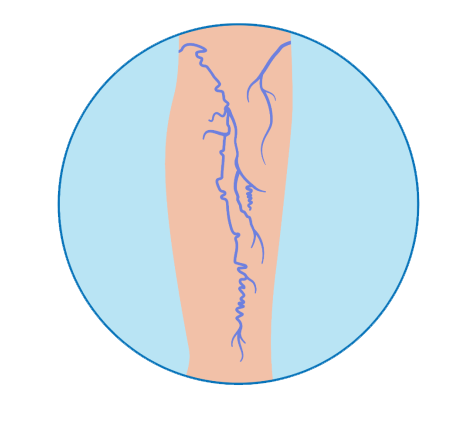
Reticular Veins
- Measures about 2mm
- Color varies from green-blue to purple
- Can burn and/or itch
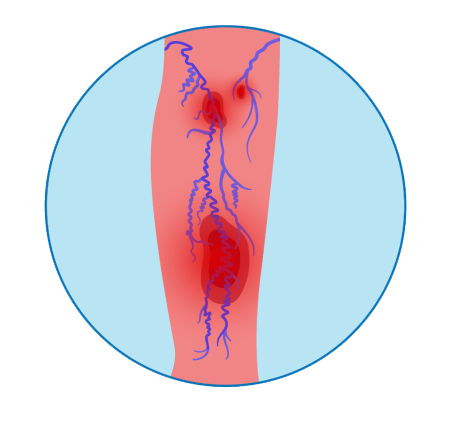
Varicose Veins
- 2.5mm or larger
- Dark blue or purple color
- Often protrude above the surface of the skin and can lead to pain, burning, and spasms
StrideCare
Patient Reviews
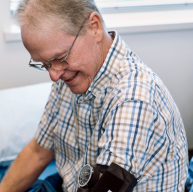

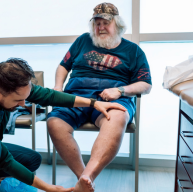
4.89 Average Online Review Score












StrideCare Leverages athenaOne to Enhance Financial and Operational Results, Improve Clinical Workflows
2 Min ReadCASE STUDY: Transitioning all practices onto one united system gives StrideCare invaluable access to data
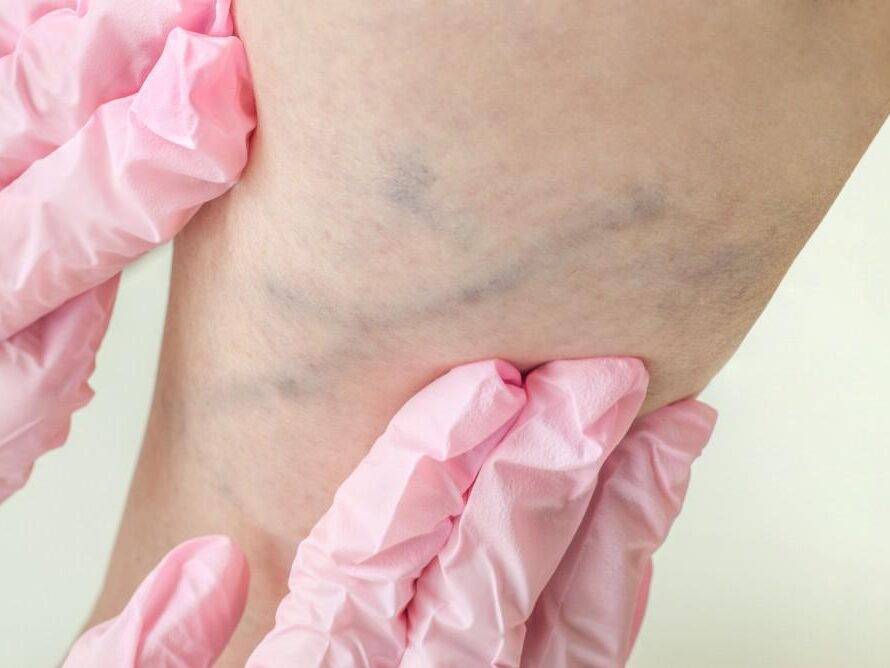
When are Varicose Veins More than Just a Cosmetic Concern?
2 Min ReadLearn about varicose veins, prevention tips, and treatment options from StrideCare’s vein specialists in Texas.
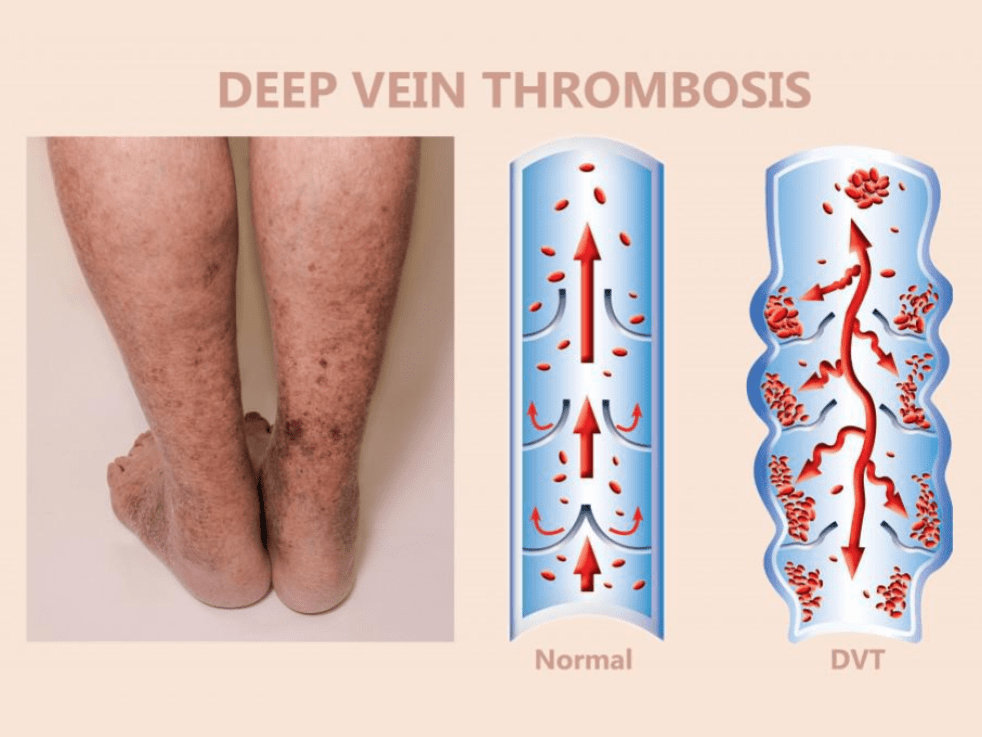
Puffy Legs are One of the First Signs of Deep Vein Thrombosis
3 Min ReadLearn the symptoms of deep vein thrombosis (DVT) and seek immediate evaluation at StrideCare for expert care and treatment.


